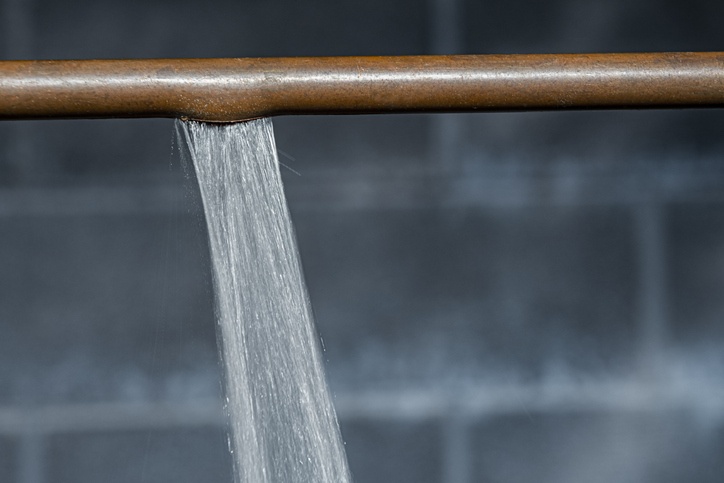
By Eric Spacek
Don’t look now, but winter is right around the corner. Even if your facility is in a warmer climate, lower than average temperatures can cause costly building-related issues that disrupt your mission. Now is the time to winter-proof your property so you’re not caught unprepared.
Here, Eric Spacek, assistant vice president – Risk Control with Church Mutual, answers a few of the most common questions about how to properly prepare your facility for the cold and snowy season.
How do we protect our pipes from freezing?
Burst or frozen pipes can cause significant damage. Reduce your risk by keeping your thermostat set to 55 degrees or warmer — even when no one is using the building. Make sure your pipes are insulated in hard-to-reach places like attics, crawl spaces and along all outside walls. Wrap the pipes and faucets with specifically designed pipe insulation in unheated or minimally heated areas. Don’t forget your sprinkler system. Determine whether you have a wet or dry system and take the appropriate precautions.
Know where your water shut off valves are and how to turn them off if heating is lost to your building. If freezing temperatures are in the forecast, it’s a good idea to let faucets drip and pour nontoxic antifreeze in your toilets. Since houses of worship are typically unoccupied some days of the week, it’s a good idea to install a water and temperature monitoring system. This can alert you if the temperature inside your facility falls below a pre-determined level.
Should we be concerned about snow and ice accumulation on our roof?
The snow and ice capacity of your roof depends on where your building is located. Roofs are designed to withstand the expected snow load for the specific location. Refer to the building plans of your structure or consult a contractor to determine the rated snow load of your roof. Be prepared to monitor and remove snow loads and ice from vulnerable roof sections once snow begins to fall. As a rule of thumb, the following add about 5 pounds per square foot on a roof:
- 10-12 inches of new snow
- 3-5 inches of packed/old snow
- 1 inch of ice
How do we prevent ice dams and leaks?
Ice dams might cause snowmelt to back up and leak into your building. Inspect your roof and repair leaks before the winter season, secure any loose shingles and repair breaks in flashing seals. Inspect gutters and ensure they’re secured to the building. Keep all drains, gutters and downspouts free of debris that may restrict proper flow. Check downspouts to ensure they divert water at least 3 to 4 feet away from the foundation.
Ice dams are the result of nonuniform roof temperatures, due to a heat source warming part of the roof. To truly fix the problem, you’ll need to increase your roof insulation to decrease heat loss. Consider hiring an energy professional to evaluate your risk of developing ice dams.
What steps should we take when a winter storm is imminent?
You should have a written severe weather preparedness plan and be ready to execute it. A few things to consider:
- Confirm emergency phone and contact information. What if a key person is out of town or stuck at home due to the storm; is there a backup person?
- Prepare snow and ice removal methods.
- Do you have sufficient fuel for your generators?
- Are your emergency supply kits fully stocked?
- Is your emergency communication processes operational?
- If you decide to close operations, how will you communicate that to visitors?
It’s also important to note, keeping your organization’s contact information up to date with your insurance provider helps them to serve you better, especially if they attempt to contact you before, during or after a weather event.
 Eric Spacek is assistant vice president — Risk Control at Church Mutual Insurance Company.
Eric Spacek is assistant vice president — Risk Control at Church Mutual Insurance Company.


